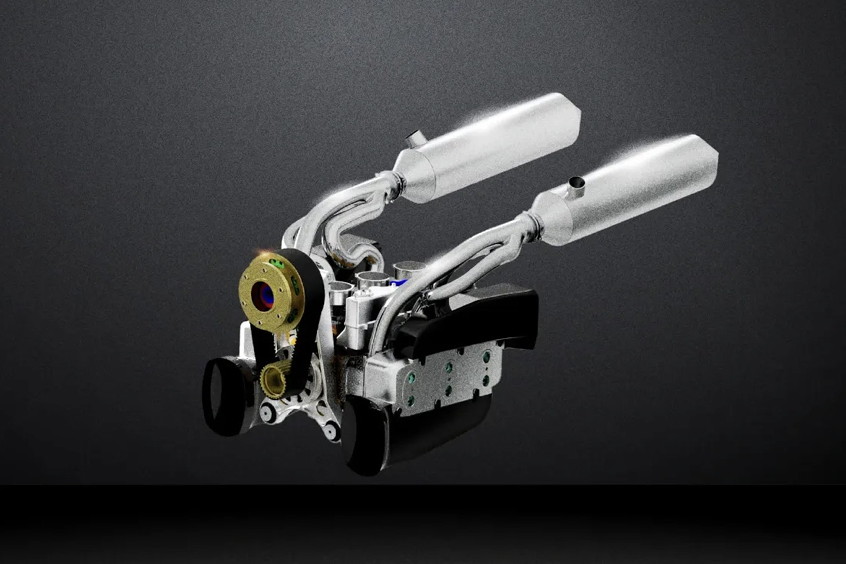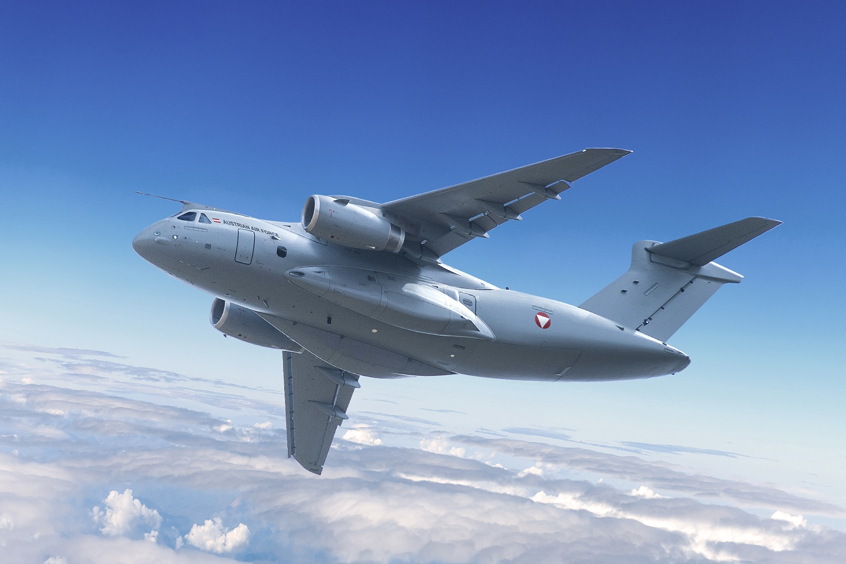PRESS RELEASE
Issued by: GE Aerospace Engines
The VH-71 helicopter made its maiden flight at AgustaWestland's facility in Yeovil, UK, on July 3, marking a significant milestone in the development of the United States' Presidential aircraft. The VH-71 is powered by three 2,500-shaft-horsepower GE CT7-8E engines.
The new "Marine One" will be the world's most technologically advanced helicopter that will safely and reliably transport the president and vice president of the United States, heads of state and other official parties both at home and abroad with mobile "Oval Office in the sky" capabilities. The designated Test Vehicle #2 (TV-2), built under contract to the U.S. Navy, was assembled and prepared at an AgustaWestland facility. It is the first test aircraft built specifically for the VH-71 Presidential Helicopters Program.
During the 40-minute flight, AgustaWestland chief test pilot Don Maclaine and senior test pilot Dick Trueman performed general aircraft handling checks, tested flight characteristics at varying speeds up to 135 knots, and evaluated the on-board avionics systems. Initial Operational Capability of the Presidential helicopter is scheduled for late 2009.
"Seeing our first VH-71 test vehicle fly is an important stepping stone and an exciting event for the entire program, the culmination of a tremendous amount of work by the Government and industry team," said Doug Isleib, U.S. Navy program manager, Presidential Helicopters Program. "We all should be proud of this accomplishment as we look forward to the day when these helicopters are landing on the South Lawn of the White House."
Ed Birtwell, GE Aviation's vice president of Turboshaft Engines, commented, "This represents a significant milestone for the VH-71 program. We're pleased to be part of the team and that our engines performed well."
"The success of the VH-71's first flight, less than 30 months from the contract's start, confirms the quality and dedication we have to designing, building and flying this state-of-the-art helicopter," said Steven C. Moss, president of AgustaWestland North America. "We are on track to fly three more test vehicles by early 2008, and this inaugural flight signifies a tremendous achievement and a step forward to delivering the Presidential aircraft on time."
Before TV-2 is delivered to the test facility in Patuxent River, MD, this fall for structural testing, the aircraft will complete initial shake-down flying and embark on flight trials to test the integrated avionics systems and aircraft systems.
The VH-71 industry team will build a fleet of "Marine One" helicopters in two increments. Four test aircraft and five pilot production VH-71 aircraft comprising the Increment 1 phase are to be delivered through 2009. Increment 1 will answer the urgent need for an air system with enhanced performance. Increment 2 will see a significant increase in aircraft performance and will feature technical enhancements designed to give command and control capability while in flight.
GE was awarded a $65-million contract to provide CT7-8E and CT7-8CE1 engines for use during the system development & demonstration (SDD) phase of the Presidential Helicopter Replacement program.
Certified by the U.S. Federal Aviation Administration (FAA) in 2004, the CT7-8E is a derivative of GE's successful T700/CT7 family of turboprop and turboshaft engines, powering 25 types of helicopters and fixed-wing aircraft in service with more than 130 customers in more than 50 countries. The CT7-8E engine combines proven technology and performance with advanced design, technologies and adaptability that make it ideally suited for this helicopter application.
| Contact details from our directory: | |
| GE Aerospace Engines | Turboprop Engines, Turboshaft Engines, Turbofan Engines, Turbojet Engines |
| Leonardo Helicopters | Airframer |
| Related directory sectors: |
| Engines |
Weekly news by email:
See the latest Bulletin, and sign up free‑of‑charge for future editions.

EDGE launches Powertech for high-performance aero engines
GE uses exascale supercomputers for Open Fan engine

Embraer begins assembly of Austria’s first C-390
